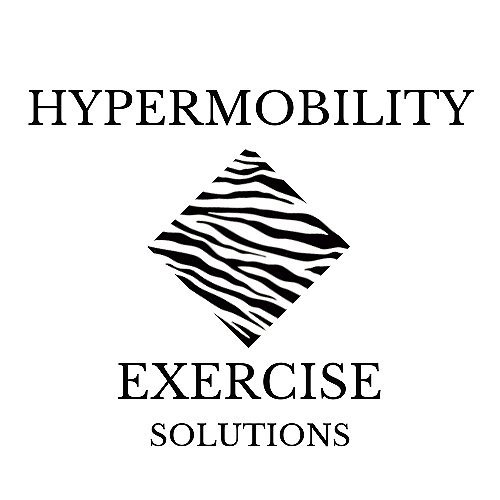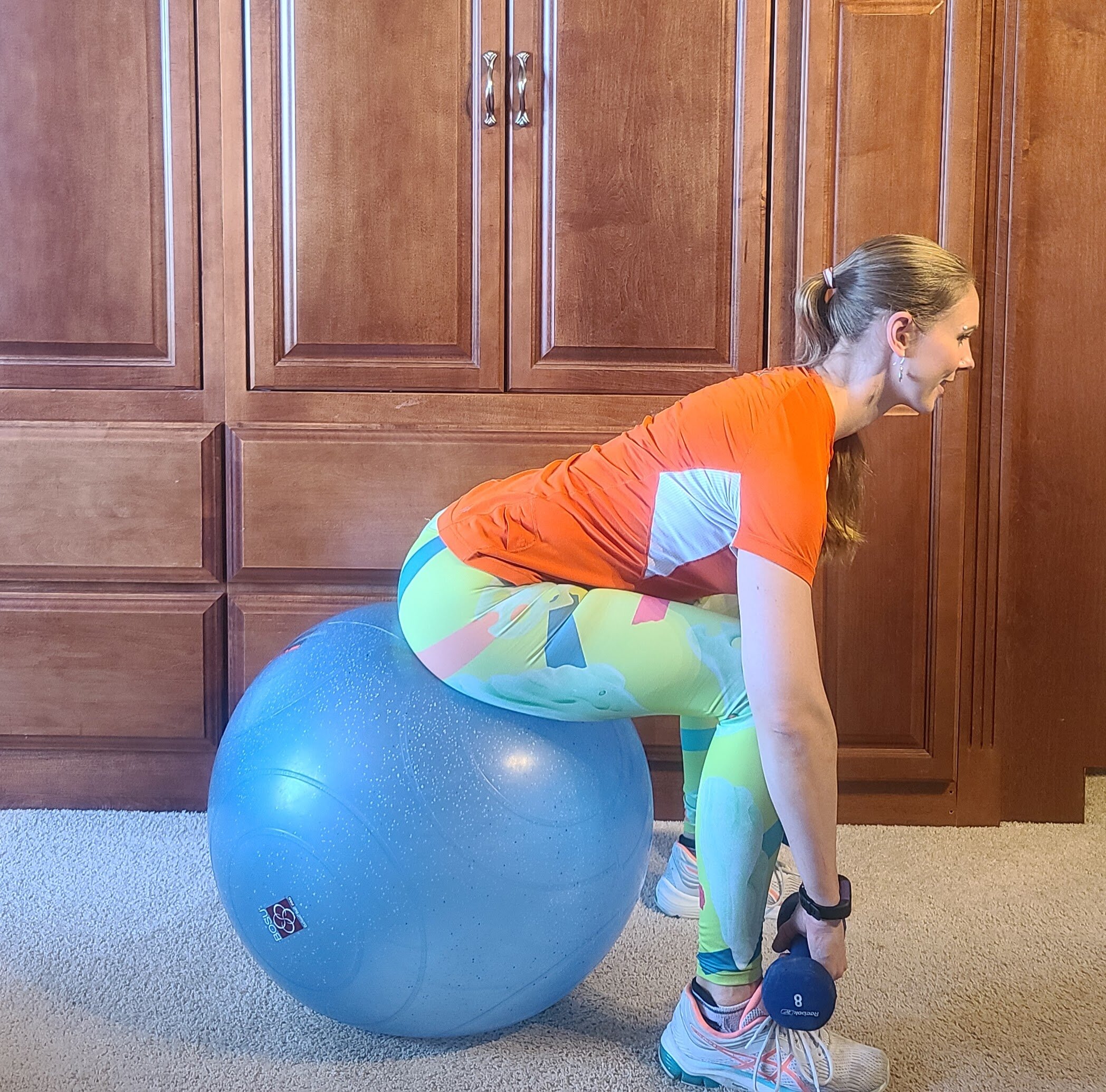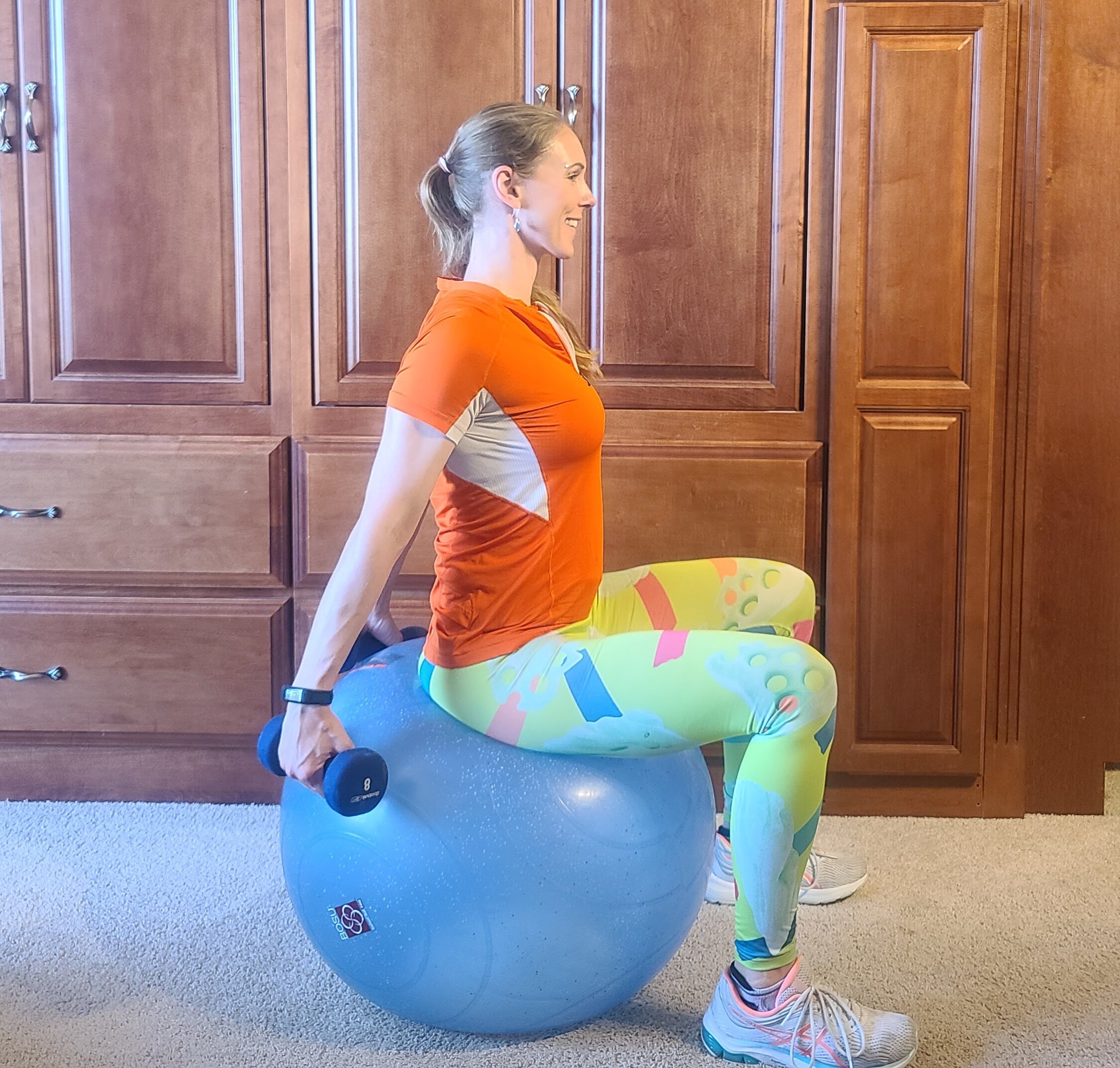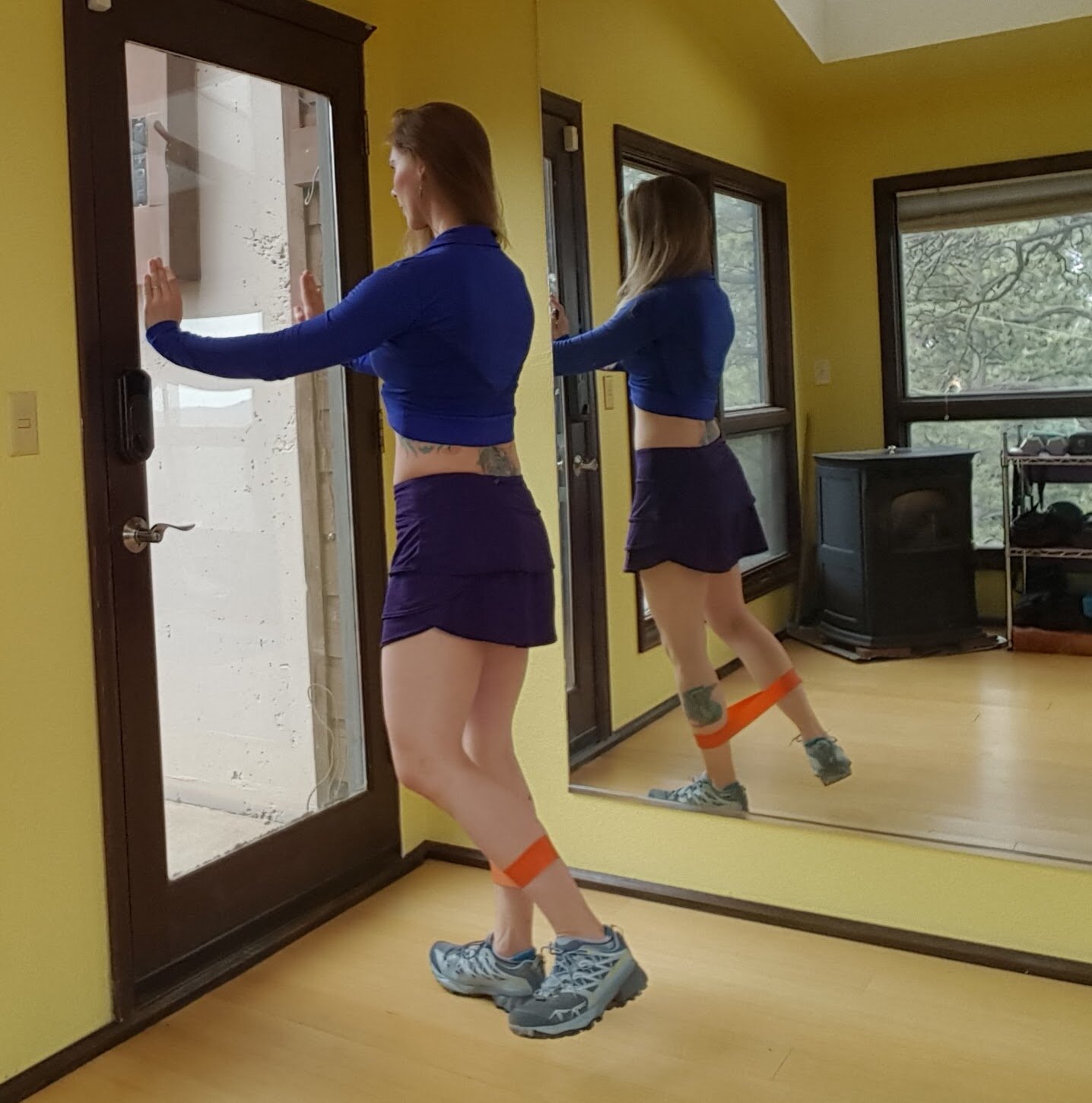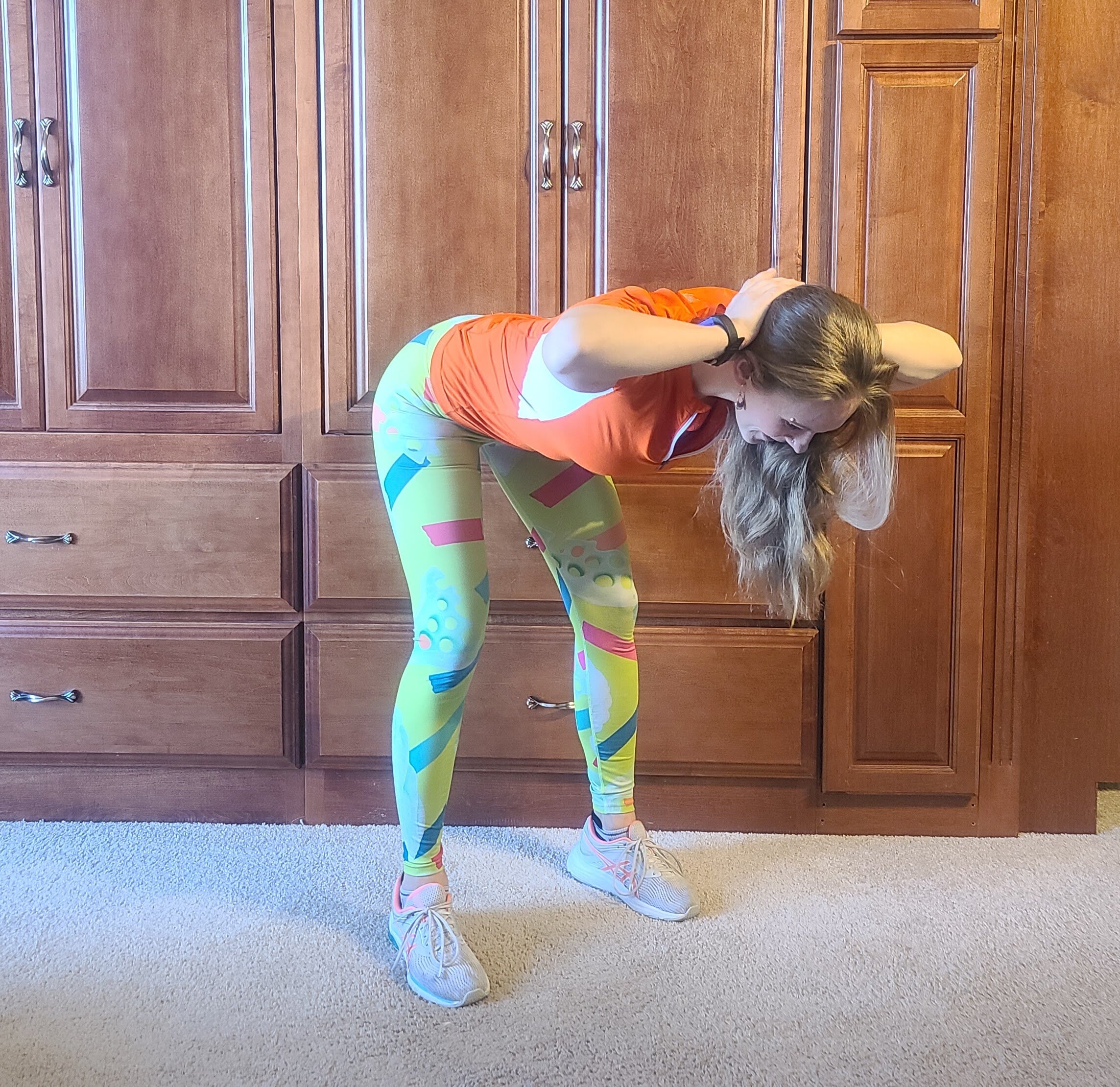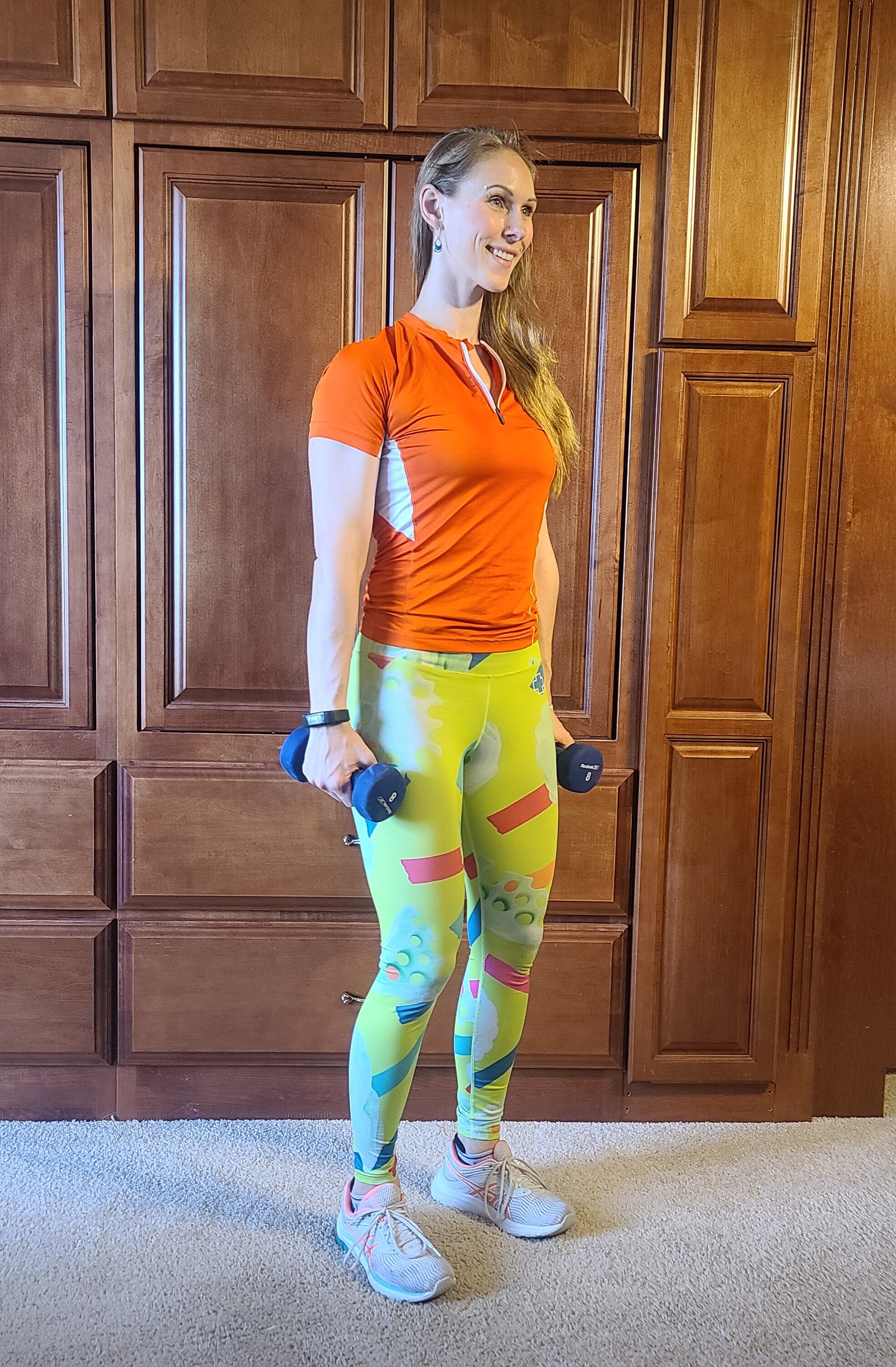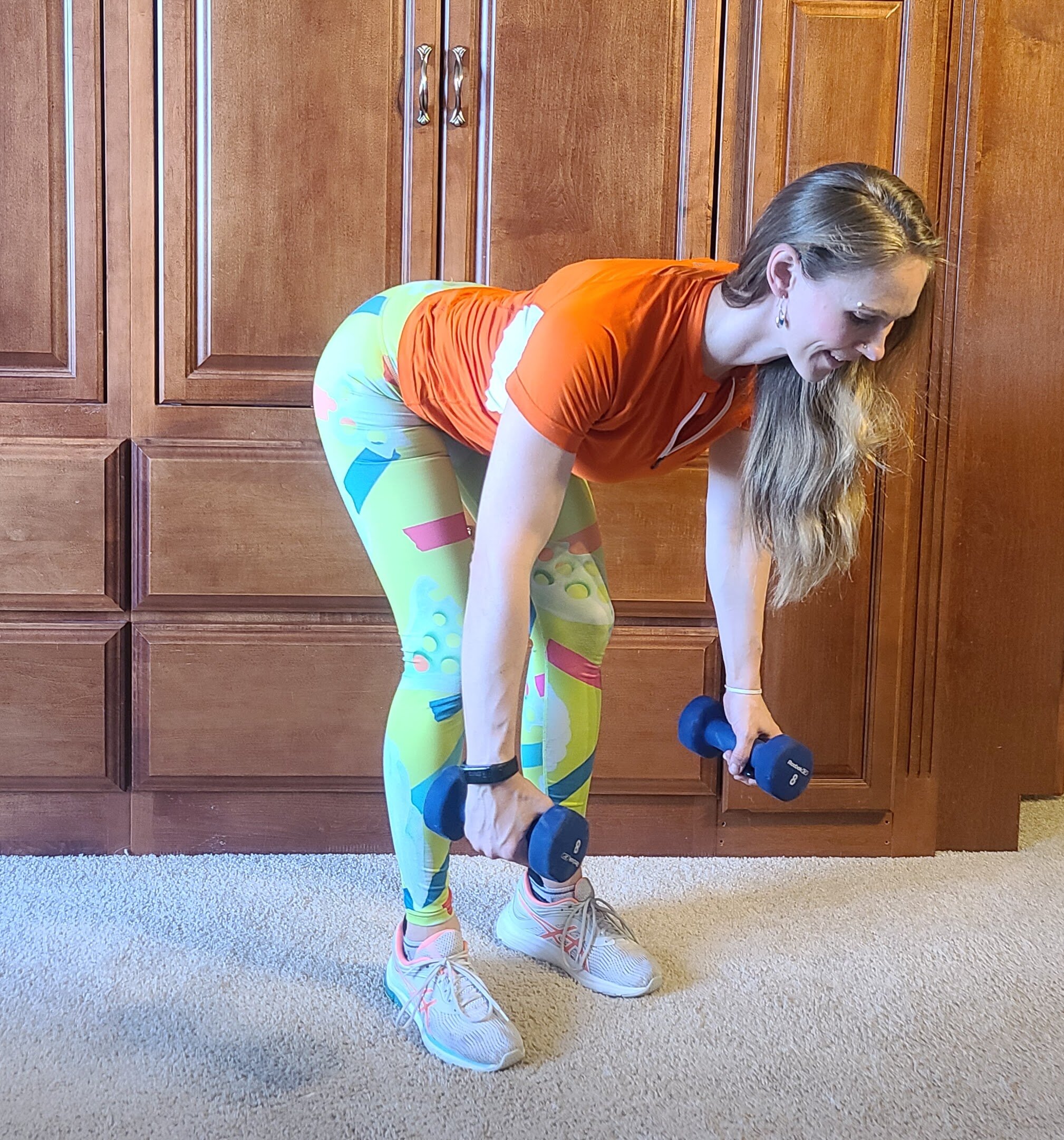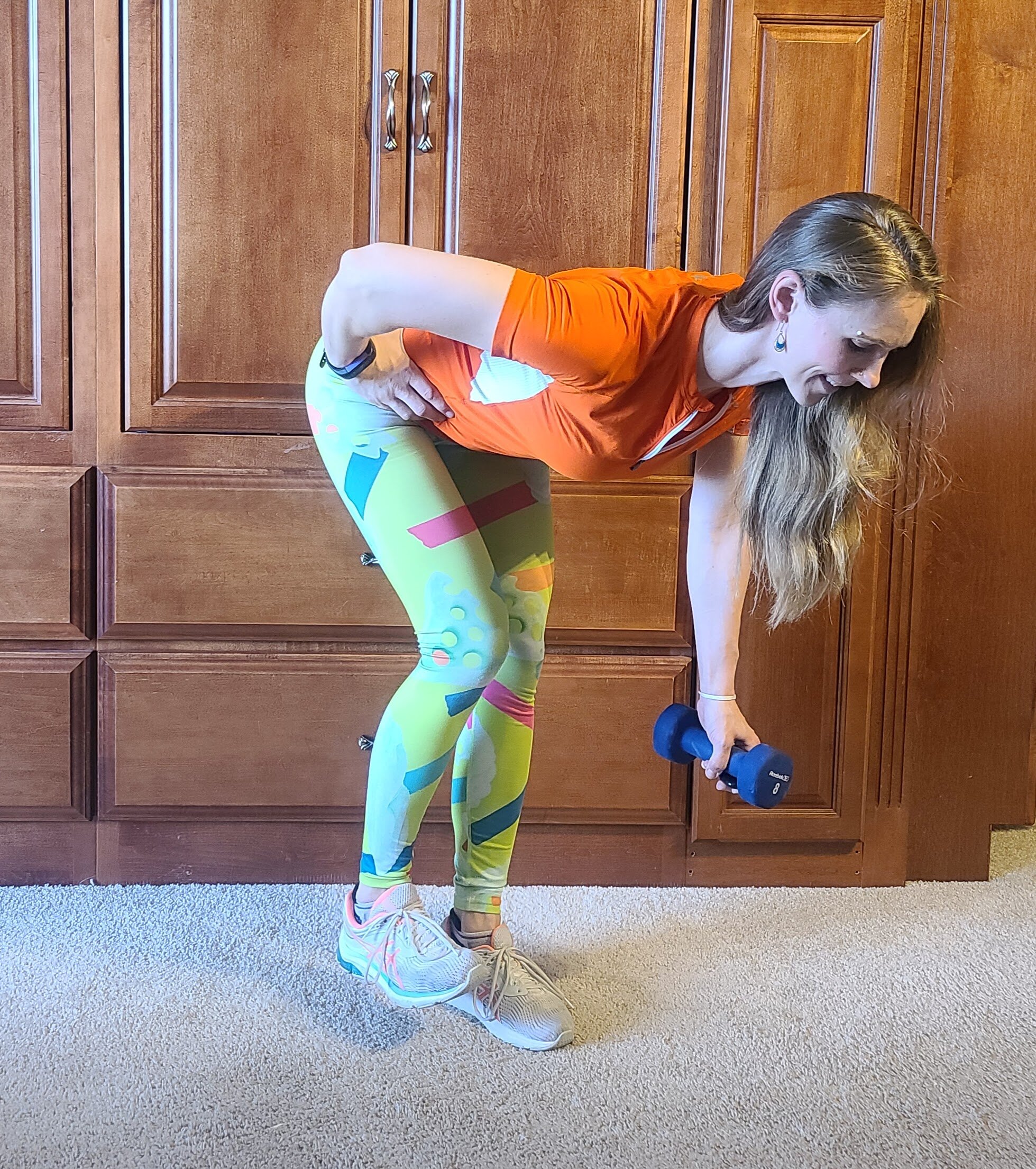Navigating Back Pain During a Hypermobility Pregnancy
Are you complaining about lower back pain while pregnant? Are your joints hypermobile to begin with? Turns out you’re not alone. Your body is undergoing extraordinary changes, and that means your muscles often feel sore, irritated, and overworked simply by existing. Throw Hypermobility Spectrum Disorders or Ehlers Danlos Syndromes on top and you have a recipe for pain.
So what can you do to get rid of lower back pain while pregnant? It turns out there are a few great ways to relieve lower back pain during a hypermobility pregnancy. We’ll dive into a few helpful gentle movements and strengthening exercises that will keep you feeling at least a little more relief.
About this Guide to Helping Lower Back Pain While Pregnant and Hypermobile
As an expert in pre-natal workouts (and a fit Ehlers-Danlos mom of two), I’ve learned a thing or two about how to manage back pain in pregnancy. In this guide we’ll cover:
Common causes of lower back pain in pregnancy
Working out while pregnant
Simple at-home exercises to do to relieve lower back pain
Foam rolling for back pain while pregnant
Robyn and 2nd kiddo in 2020.
How Do You Get Back Pain While Pregnant?
The body is a complicated machine, but in short, if you have (more) lower back pain while pregnant than usual, the likely culprits are strained muscles from added weight, and a hormone called Relaxin.
If you’re experiencing lower back pain in your second or third trimester, then chances are you’re dealing with an anterior tilt of your pelvis from the added weight. Essentially, your lumbar muscles become super tight to help stabilize your spine, while your abdominal muscles become elongated in the front. (Some women develop a posterior pelvic tilt and end up with tailbone pain or deep hip pain, so always check with a qualified practitioner.) Combine that lumbar stress with a forward rotation, or hunching, of your shoulders through overtight pec minor and upper pec major muscles, and you’ve created a real pain monster.
Then there’s the pesky hormone Relaxin. This hormone shows up while you’re pregnant. Typically released early (think first trimester back pain) and late (near your delivery date). The point of the hormone is to relax the connective tissue around your joints, allowing them to move more freely for giving birth.
In essence, your muscles are overworked and there’s a hormone that causes the ligaments and tendons they support to become looser, making the pain worse as they constrict harder to hold everything together It’s a vicious cycle.
Although it’s tough to completely eliminate back pain in early pregnancy and late pregnancy, you can still do a few handy stretches and exercises to get some form of relief.
Should I Work Out While Pregnant?
First, always get advice from your medical professional before engaging in physical activity while pregnant. If you’ve got the go-ahead, then, of course, work out! There are a few things to know about working out while pregnant.
First, now isn’t the time to ramp up your fitness, you’re growing a little one and that’s a huge amount of effort. Instead, focus on maintaining the level of fitness you had before you got pregnant, or work on slowly building up to an appropriate level of exercise that will promote a healthy pregnancy. Next, be kind to yourself. You’ll have good days and bad days. The best thing to do is to listen to your body and know that it’s okay not to work out if you aren’t feeling it. If your body asks you for a rest, then rest. When you suffer from chronic illness while you are pregnant, it is also important to check in with your caregivers and providers regularly. Always keep them updated on any changes to your body or health. Fatigue, nausea, and other common side effects of pregnancy can come from many places and it is wise to make sure everything stays monitored.
Exercises to Help with Hypermobility and Pregnancy Back Pain
There are several exercises you can do to help you alleviate back pain while pregnant. Each of these activities works towards strengthening your back and glute muscles to handle the new load. I prefer to do more sets of less reps. My zebras, especially the moms-to-be, tend to do better with smaller amounts of load over a longer period with more rest between sets.
In general: Do 4-6 reps of each exercise and 2-5 sets of each 2-3 times a week for maximum results. Time apx. 15 min
NOTE: Morning workouts work the best while pregnant since your body hasn’t begun to swell from exertion for the day and your circulation is at its best. Don’t forget to hydrate up to help mitigate soreness and prevent fluid retention.
Seated Ball Deadlift with weights or a band
Free Weights Version - Sit on a stability ball with your back completely flat and spine lengthened, hinge forward at your hips with the DBs in front of each shin - your knees should be wide enough to accommodate this position. If needed, tuck a tennis ball under your chin to prevent your neck from arching. Using your glute muscles, sit upright and wrap the dumbbells around behind you by squeezing your shoulder blades together. Return to the start position slowly and in one movement by bringing your hands back around in front and hinging forward at the hips with a completely flat back.
Resistance Band Version - Start seated and bent over on a stability ball or chair with a medium tension resistance band under both feet with a short choke grip on the bands by your ankles. Keep elbows tight by the sides and using your glute muscles, sit up straight, then lower. It helps to tuck your tailbone under slightly as you lift and keep your shoulder blades pulled together
Standing glute raises. Keep your foot flexed and rotated out to ensure glute activation for lower back support. Mini Band optional.
Use a wall for balance and do not bend over. Keep a braced core and good posture. Stand tall and turn your back foot out to a T-position. Squeeze your working glute to lift your leg back and keep your knee slightly bent through the initiation of the kickback with your foot actively flexed. Follow through by straightening your heel and leg at the end of the extension. Allow your knee to bend slightly on the controlled return to start.
Don’t lean forward and don’t arch your lower back as you extend the glute.
Good Mornings -
Knees are slightly bent and your back is straight as you hinge in your hips. You should feel a slight stretch in your ham/glute junction. Keep your elbows as wide open as possible but do not push your head forward, Push your head back against your hands.
Variation -
You can place your hands on your hips with your thumbs on the front of your hips.
If standing still feels too intense or you have a pinching sensation in your back, try this movement while seated on a stability ball. Keep your knees slightly bent and roll your hips back as you hinge forward. Your range of motion will be smaller but it should feel productive.
Romanian Double Leg or Single Leg Deadlifts
Double Leg Deadlifts - Stand with feet hip-width apart and a DB in each hand. Hinge over at the hips with a completely engaged and straight back and straight arms, (think about driving your hips back into a slot and feel your hamstrings stretch under tension), then stand up tall by squeezing your hamstrings and glutes. Make sure to check your posture and pull your shoulders back at the end of the movement, and don’t overextend your hips forward (come up just to neutral)
Single Leg Deadlifts - Stand on one foot and hold the dumbbell in the opposite hand. Bend your standing knee slightly and engage the glute. On an inhale, hinge at the hip keeping your back neutral (do NOT round your lumbar - think about swooping your hips back slightly). Keep shoulders level - do not drop your weighted side as you hinge. Keep the work in the standing glute and hamstrings; on an exhale, squeeze them to return up to start while keeping shoulders and core engaged.
NOTE: Holding on to a wall or support is not recommended due to the way the spine and hips have a tendency to corkscrew. If you cannot transition from two feet to one foot, try standing next to a wall and pressing your lifted foot against the wall slightly for balance while keeping your shoulders and backs neutral.
Bird dogs
Start in tabletop position with toes tucked under. Rotate your inner elbows to point forward (this folds the shoulder blades together and takes the work out of the upper traps.) Pull lower abs in and spine long from neck to tailbone. Inhale. EXHALE while you extend your heel back first (limit ROM as needed to avoid compensation and keep the work in the lower core and glutes) then reach your opposite arm forward. Come back to start on an inhale, check in with posture, then repeat on the other side.
Still have pain? Try lifting and splaying your toes in your shoes. Keep the balls of your feet and heels connected with the floor. Tilting up your toes makes sure you keep your hips and knees in alignment. Flat feet can cause pesky back pain while pregnant (another side effect of relaxin).
Can I Foam Roll While Pregnant?
Using a foam roller while pregnant is a little tricky, but not impossible. Feel free to foam roll your legs and butt for some tension relief, but keep these things in mind:
Don’t lie on your back after your second trimester starts.
Stay hydrated to flush out any toxins while you roll.
Never roll over your belly, you shouldn’t be doing this anyway, but you may find it’s tough to foam roll on your tummy after a certain time.
Although you’ll still be battling the great, sometimes painful, journey that is childbirth, these exercises and tips should help you relieve some lower back pain while pregnant. Remember, at the end of the day there’s a life growing inside of you, so don’t overdo it! Your body knows best.
Content is for informational purposes only and should not be interpreted as a substitute for medical advice. Hypermobility Exercise Solutions shall not be held liable for any visitor's use of this site's content. Content on this website should always be used with the participation of your licensed healthcare professional.
